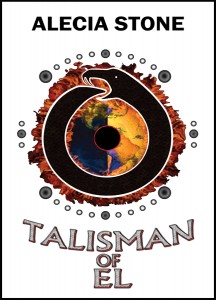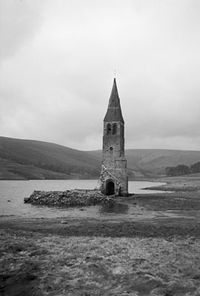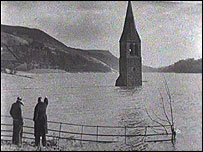
Alecia Stone’s “The Talisman of El”
You know what? Some books on this literary challenge have really made me question my own belief system. Before I started this year, I was utterly convinced that I enjoyed reading fantasy fiction, whether it be YA or adult (I really don’t care which). Mind, I haven’t ever read a whole lot of it – my experience has mainly been limited to J. K. Rowling, Anthony Horowitz and J. R. R. Tolkien (all gods in their own right) – but from what little knowledge I had garnered previously, I thought the genre was a definite goer. But my goodness, since starting this challenge I have realised that the three authors listed above are simply exceptions: for the large part, I really cannot stand fantasy fiction, whether it be Jannicke Howard’s zombie apocalypse, Peter Hamilton’s science fiction, or Alecia Stone’s The Talisman of El, set in the small town of Capeton in West Sussex, which is what I read this week.
I can only assume that it’s my loss that I don’t ‘get’ this novel: it has been ranked fairly highly by a fair number of people (admittedly, seemingly as the result of some sort of book giveaway and thanks to reviews from the author herself) on Goodreads. Well, I warn you now, if I have any influence at all, the average rating is surely going to plummet.
Charlie Blake is 14 years old and has been in care for a long, long time, since the untimely death of his parents. What details do we have of Charlie’s background, his memories of his parents or any emotions attached to his childhood development? None at all, except that Charlie somehow managed to pre-empt his father’s death in a dream. Clumsy and convenient foreshadowing? Methinks so. Anyway, suddenly, out of the blue, Jacob someone-or-other has agreed to foster Charlie and things appear to be looking up: this is a man that is caring and emotional, especially when it comes to comforting Charlie after his continuing nightmares…oh, wait, no, he’s actually a murderous villain who blackmails Charlie into burgling people’s houses for him. Why? No idea. But anyway, stereotypical bad guy checkpoint reached.
Next thing on the fantasy fiction checklist: Charlie needs a sidekick if he is to successfully fight evil on the side of good. This is Alex, his teenage crush from his new school with whom he has awkward and stilted conversation for the whole of the novel. I don’t think it’s meant to be stilted and awkward, but rather witty and flirtatious…the less said about this novelistic failure the better.
Gradually, through this friendship, plus the arrival of some others (a homeless boy called Richmond – completely inconsequential to the story but apparently necessary to provide irritating and down-with-the-kids banter – and Derkein, who introduces Charlie & co. to the confusing, fantastical, parallel world of Arcadia) it is revealed that Charlie can predict the future, talk to animals, has a natural aptitude for all languages and is, in fact, not of this world at all. Dur.
There are several types of fantastical creature introduced to the reader on the youths’ quest for understanding – a quest which takes them to the centre of the Earth. No, really. It’s not even hot there or anything.
There are also several mythologies introduced – including Christian mythology (hint: a Jesus-the-Messiah type hero-complex and a Garden-of-Eden type knowledge-is-evil tedium) – which are very, very weird. Nothing really makes enough sense or is interesting enough to be recounted here. To be honest, it is a load of irritating rubbish. 1 star, and let’s be done.
In terms of any apparent West-Sussexness associated with the book, Charlie finds that the adults around him are all too pleased to be in the countryside away from “all that city noise” (15), whereas his peers can’t stand that “there’s nothing to do here but surf the net. It’s dead boring” (24). I suppose I could say something symbolic about the parallel universes experienced by children/adults – i.e. how each generation experiences the same locality in different ways – but the novel doesn’t really inspire that much interest within me. Stone simply emphasises the countryside around Capeton, where it was “seventy percent woodland and thirty percent civilisation” (61) and where the houses “looked like something out of a fairytale” (125). Fairly non-descript, as you can see.
Next week I’ll be reading The Half-Forgotten Song by Katherine Webb. I loved her The Legacy, so I hope good things are in store once again. Join me then 🙂







